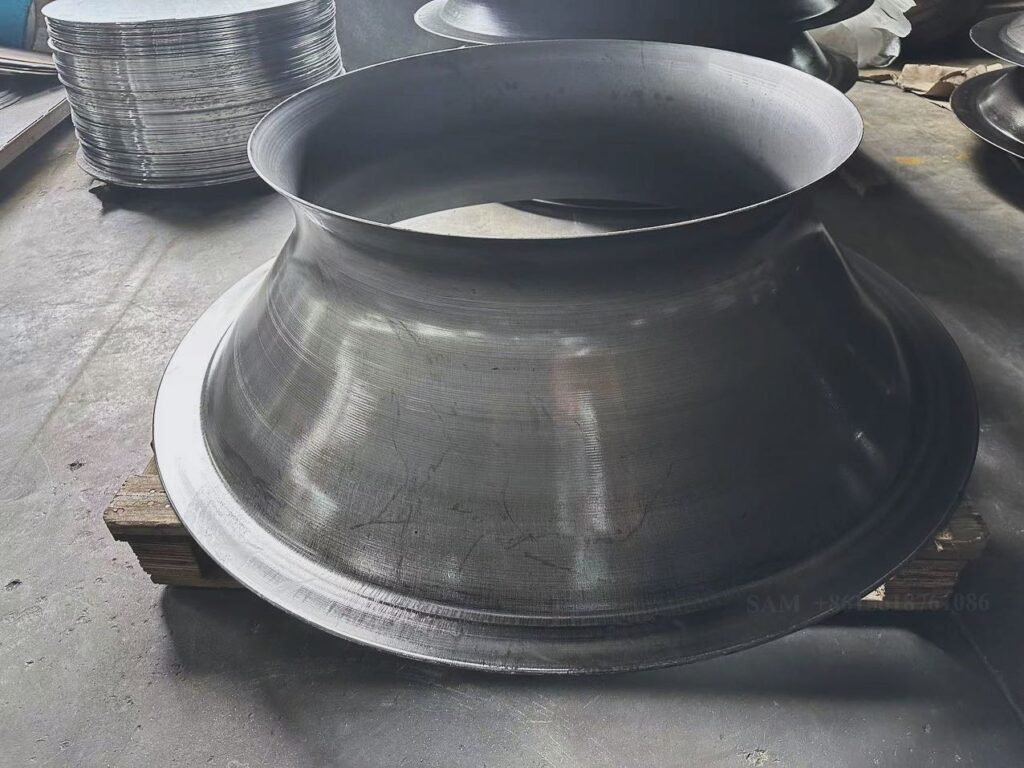Sheet metal processing has a wide range of applications, from prototype to mass production. It is also one of the top choices for most people. At the same time, some errors are inevitable in processing. It’s common to rework the sheet metal parts. In this article, we will discuss what are the common problems in sheet metal processing, and how to solve them.
1. Splitting
Although sheet metal materials are of certain machinability, they may also be easily split during processing. There are two cases: Metal parts will crack if the quality of the metal used is not superior, or when the metal is stressed beyond its processing limit strength.
Solution: To avoid its splitting during processing, the best way is to use simulation software to test the degree of cracking in advance. By simulating and testing the material, shape, thickness, and forming radius of metal parts, the problem of splitting can be effectively analyzed and solved at a lower cost.

2. Extra Burrs
During punching, excess burrs may be generated on the surface of the sheet metal material. When the burr has a certain height, it is easy to scratch the mold. It may affect its accuracy.
Solution: It requires the production staff to remove the extra burrs in time to avoid scratches.
3. Springback
During bending, the metal material may not be able to achieve the expected bending radius due to insufficient elasticity, which is a common springback problem in high-strength metal sheets. And this tends to lead to inaccuracies in metal parts.
Solution: To solve this problem, we will adjust by positive stretching to increase the strength of the part.
4.Hole Deformation
If there is not enough space between the hole and the bending position, it is easy to deform the hole of the plate during the bending process.
Solution: Reserve a certain position for the hole and bending position in the sheet metal processing design. Before processing, we will conduct a DFM report. If similar problems are found in the drawings, our engineers will provide suggestions for modification of the drawings to avoid the problem of hole deformation as much as possible.
5. Uneven Bending Angle
When the rounded corners of the mold are uneven, or the strength of the material is not enough, these will easily lead to instability during bending. Then the bending angle of the metal parts will deviate.
Solution: Test whether the rounded corners of the mold are balanced before processing, and increase the jacking force.
